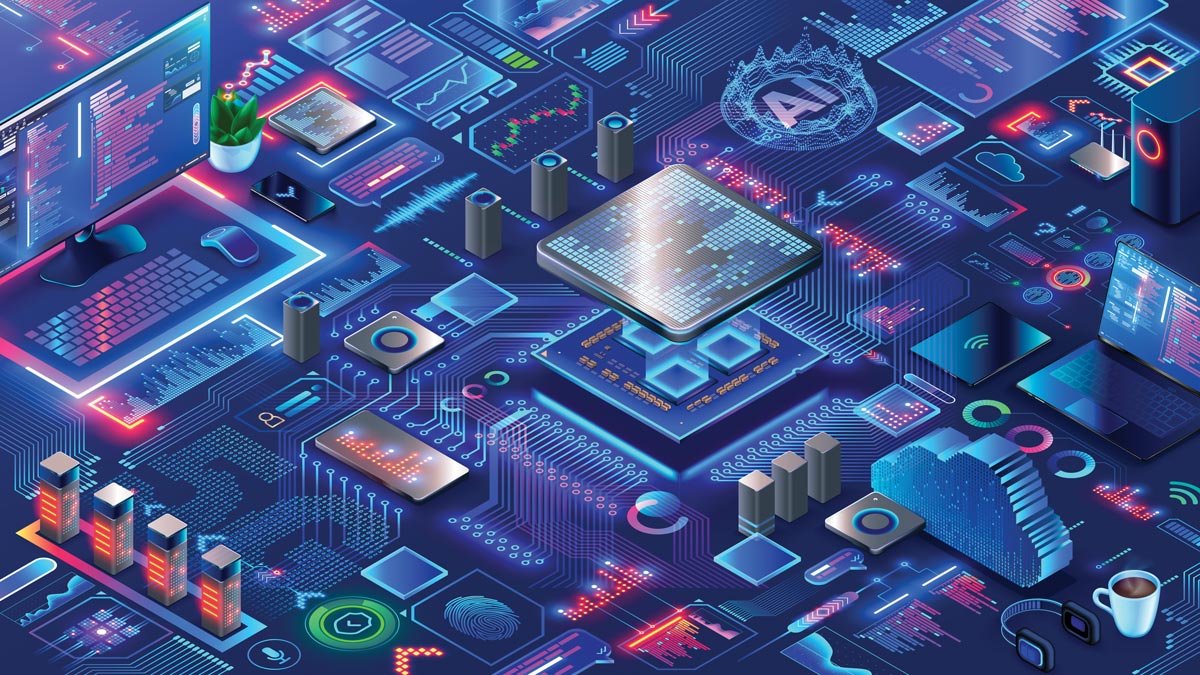How would you react if a friend grabbed your phone? For many of us, it would be tempting to grab it back. Our phone isn’t just a device to us; it’s a digital extension of ourselves. And in the next ten years, we’re probably going to see that same transference happen again when people start creating digital personas within the metaverse.
Smart companies know that doesn’t just mean the avatars themselves, but all the clothes, products, and accessories that help people put their own distinctive mark on their character. Each choice comes with a certain level of identification for the creator, even when that feeling is attached to an alter ego or something that doesn’t represent someone’s real-world form. Maybe even more so in those circumstances.
So imagine spending all this time on your perfect avatar, shaping and molding it, and then not being able to move it around the metaverse. That’d probably feel deflating, right?
That means the name of the game is ensuring that personal decisions work seamlessly with all the different metaverse environments — from Roblox and Horizon to whatever comes next. Getting there also comes with a big reward, as the metaverse market is expected to grow to $716.5 billion by 2027 (which might even be conservative, when some people are talking in trillions).
So what should you be thinking about as you start developing these experiences? Read on!

Step 1: Before you start, supercharge your 3D production
It remains to be seen what will be the must-have digital assets within the metaverse, but we are already seeing signs that the idea of owning these assets will be welcome. It already appeals to younger generations. 65% of Gen Z have spent money on virtual items within a game, for instance.
But whether you’re providing the environments, avatars, or accessories, the path forward will require a lot of 3D models. Marketplaces like TurboSquid can help speed this process by allowing you to buy thousands more 3D models, fast, but you can also create your models with in-house or external 3D teams depending on your requirements and scale. Whatever path you take, you’ll need to think hard about how you’ll use 3D to participate in this future world.
Are you going to populate just a section of the metaverse or create an entire world? How will your brand identity change from place to place? What 3D status symbols will you create to make your customers feel special? These are all questions you need to answer as brands find their place in the metaverse.

Step 2: Create changeable designs
Creating hundreds more 3D assets that can easily go between worlds is just the beginning: Each asset also needs to look the part. Say you’re building a pair of digital sneakers for the 8-bit style Roblox universe, for example. You can make a 3D model and export it to an interchange format, which means that technically it could be imported into another world easily enough.
From a creative standpoint, however, this wouldn’t work. If you build a much more photorealistic virtual experience, those same Roblox sneakers will look oddly cartoonish when imported into the photoreal world. You need to figure out how to change the shape, structure, and look of each asset so that it fits in with different aesthetic styles.
We are still only just starting to apply these to the metaverse, but soon 3D product configurators will help. A configurator would let you download a model and have a menu option to modify that model, without going into 3D software to change it. That means anyone can make their stock model less dirty, change its color, or even change its look at the click of a button. Automakers, for instance, could gamify their entire sales process by letting customers create their own cars, then use them to race others in the metaverse. Furniture manufacturers could let clients design their entire home interior and live in it in the metaverse before buying the real-world furniture to match.
Soon, AI could also help us automate this customization even further, by instantly analyzing and adapting content for different platforms. Already we’re seeing algorithms that can be fed different images of an object, then create hundreds of iterations of that object using AI-driven procedural design. It’s only a matter of time before this allows us to automatically change those sneakers for different metaverse experiences.
While you’re waiting for these solutions, what’s best is to focus on your infrastructure and use solutions that are already available to you to be efficient later on. This will let you focus on creating innovations for your customers later. To make your digital assets stand the test of time, for instance, you can implement modeling specifications like StemCell. StemCell essentially acts as a universal spec, making it much easier to convert your models to work on any platform you need for the future—whether that’s for a configuration, game, or even AI/ML simulations.

Step 3: Future-proof your workflow
You’ve developed your brand’s 3D strategy and added hundreds of StemCell assets to your portfolio, ready to be converted to different formats and aesthetic styles. To take things one step further, you now need to organize all your assets so you can easily access them for any of the worlds you want to build—all while protecting your IP so sensitive information isn’t shared with competitors. This will allow you to build a sustainable, future-proof system that will allow you to keep navigating the evolving trends found in different metaverse worlds.
To do this, you need a digital asset management system capable of helping you organize your library of hundreds, maybe even thousands of models. At Shutterstock we have Kraken, which was designed specifically for 3D. It’s what we use to manage our library of over one million TurboSquid assets in-house, and anyone can download it for themselves too. Kraken will let you store your metadata alongside your 3D content, without carrying it on with the model itself. Whether it’s tags or detailed pricing information, you can choose what data moves with the asset and what data gets left behind, without worrying about losing any information.
This goes back to using AI to shift models between different worlds. So let’s say for instance, those sneakers that we talked about were being brought from your photoreal metaverse to Roblox’s metaverse. An AI-driven tool could conceivably read the metadata to understand characteristics of the shoe that need to change or remain the same in order to work in a more cartoony world like Roblox.
Metadata will also help customers interact with your model in the real world. If a customer wants to see what the shoes would look like on them, they can use your model and the metadata to try the shoe on with augmented reality as well as find out about the pricing, materials, and more. That improves the customer experience through engagement as you not only display a product on your website, you let potential customers interact with it in new and exciting ways—and maybe even buy it for both their real and their virtual lives.
Want to learn more about how Shutterstock can help you prepare for the metaverse era? Get in touch for a consultation.

